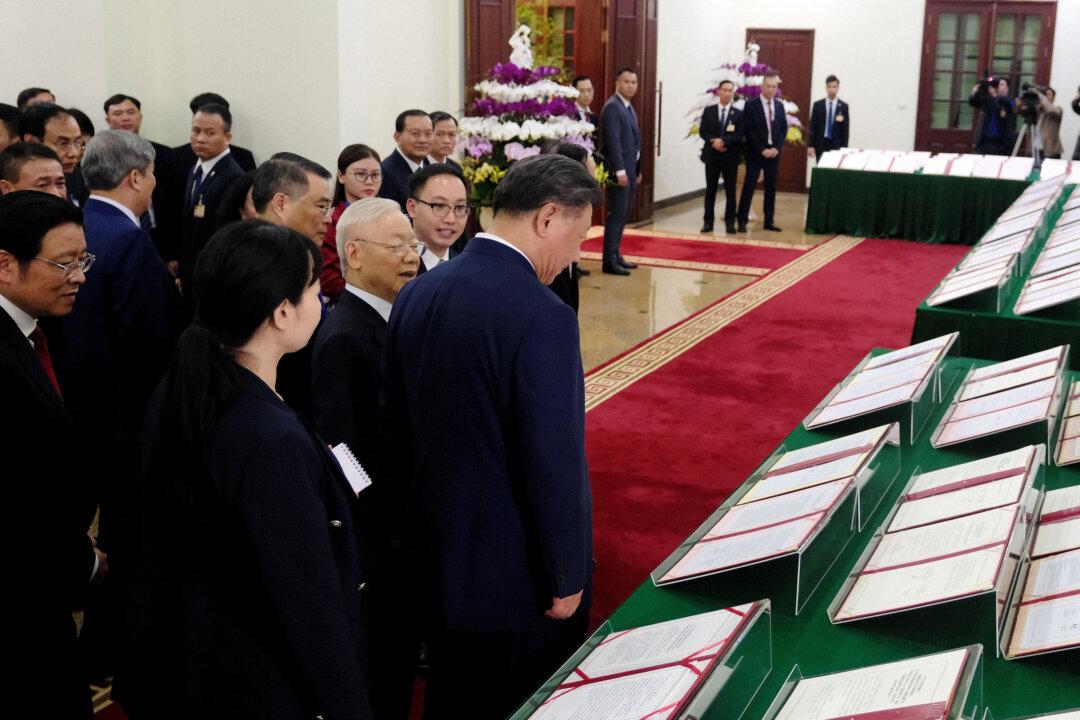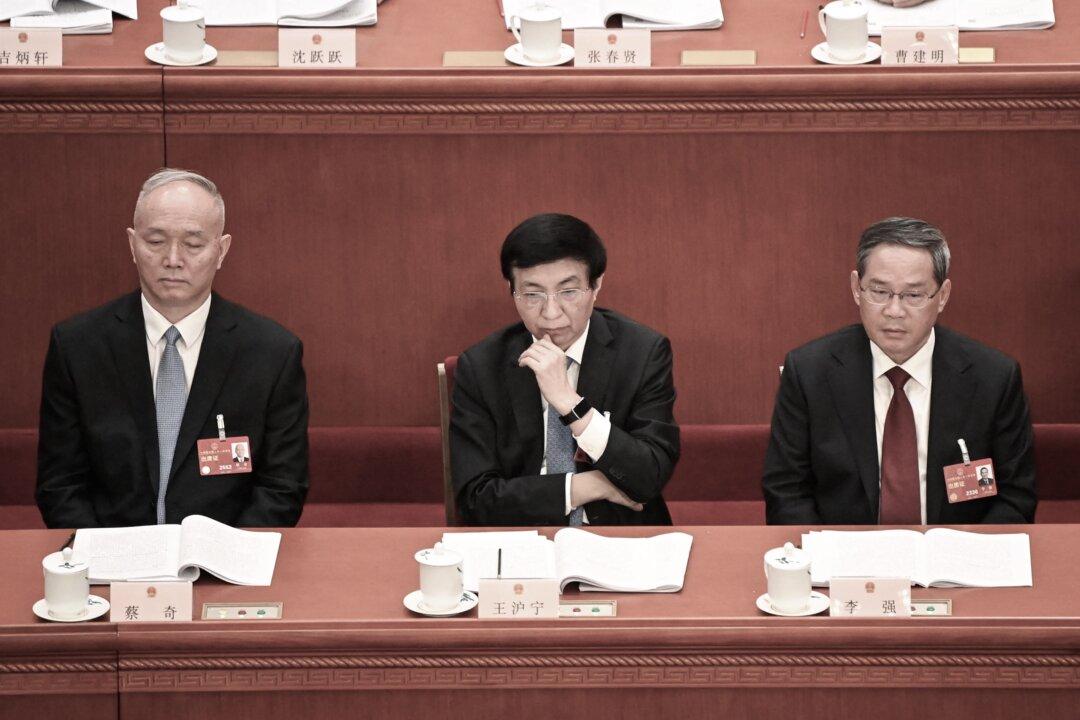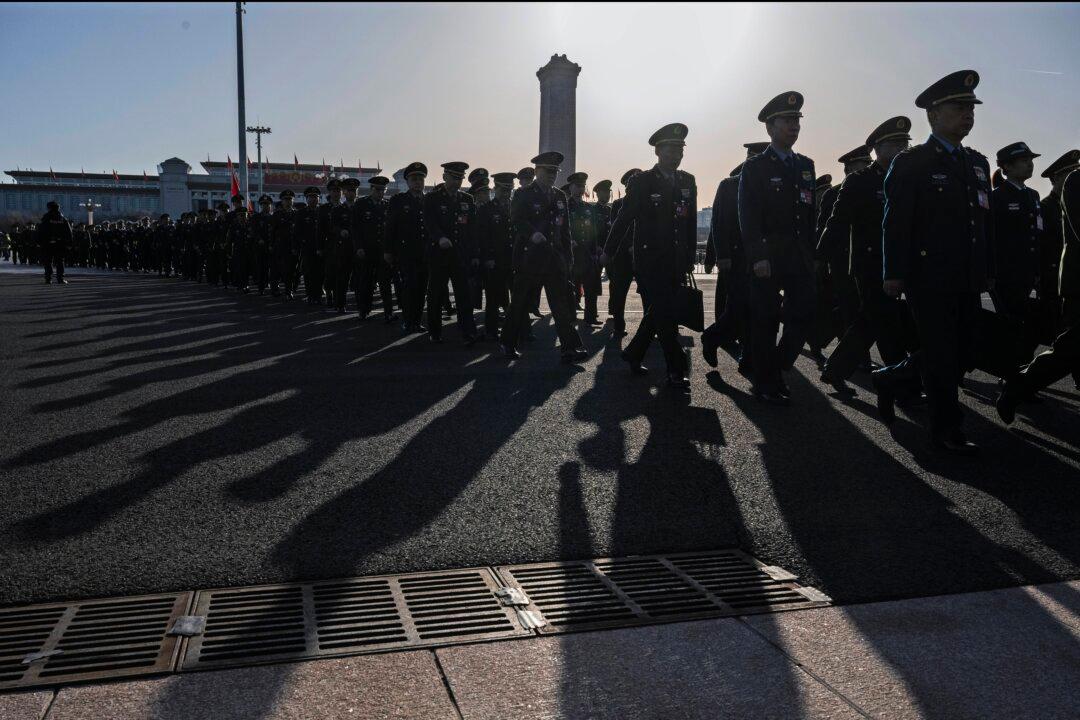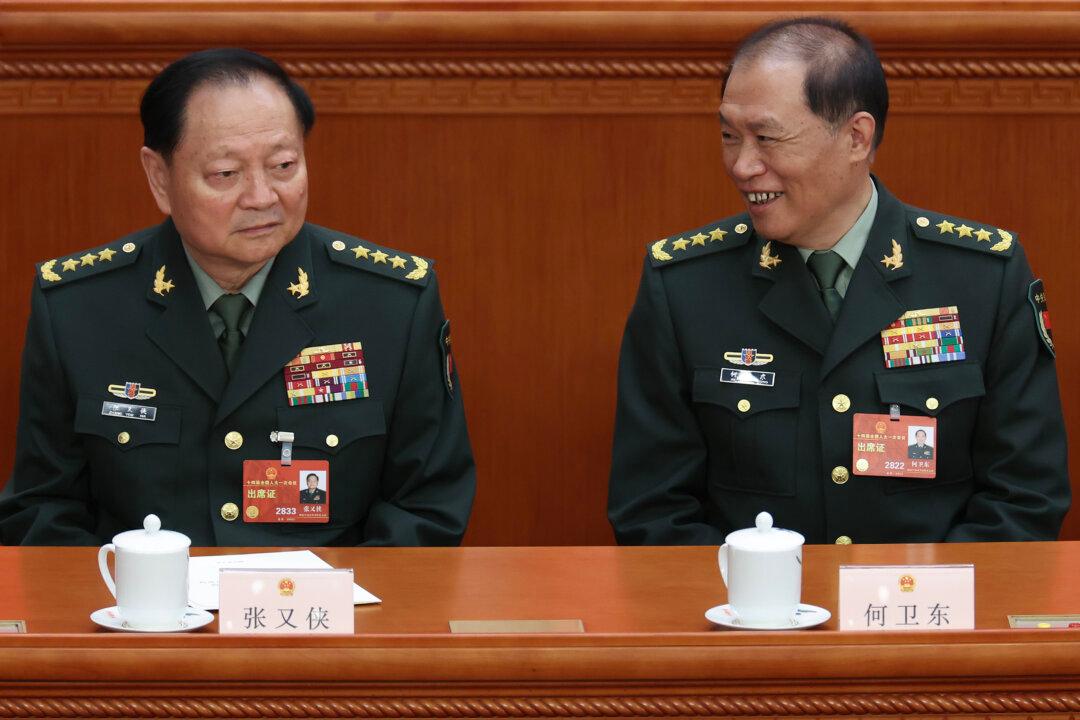Chinese leader Xi Jinping’s two-day visit to Vietnam, which began on Dec. 12, pushed for warmer ties between the two communist countries. However, Vietnam’s state media failed to respond enthusiastically to China’s gesture, indicating its reluctance to align itself with China fully.
Amid China’s escalation of territorial disputes with the Philippines in the South China Sea, Mr. Xi is seeking to court Vietnam to avoid a simultaneous confrontation with multiple nations in the region. During his visit, China offered to increase financial support for cross-border railroad construction.






